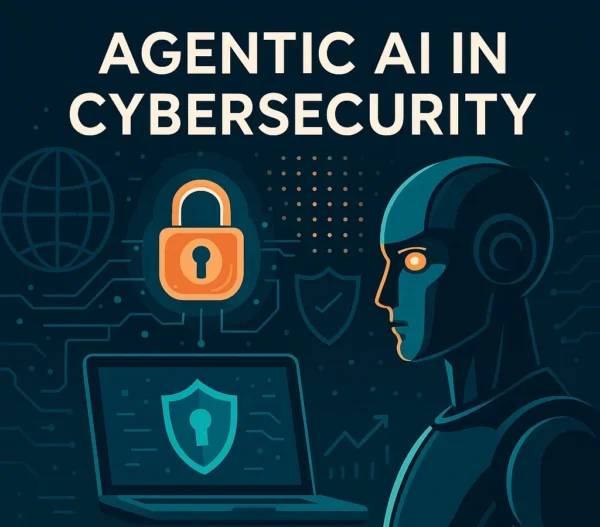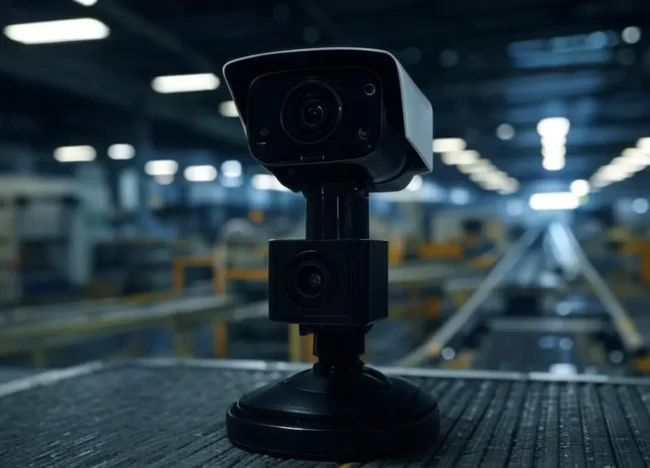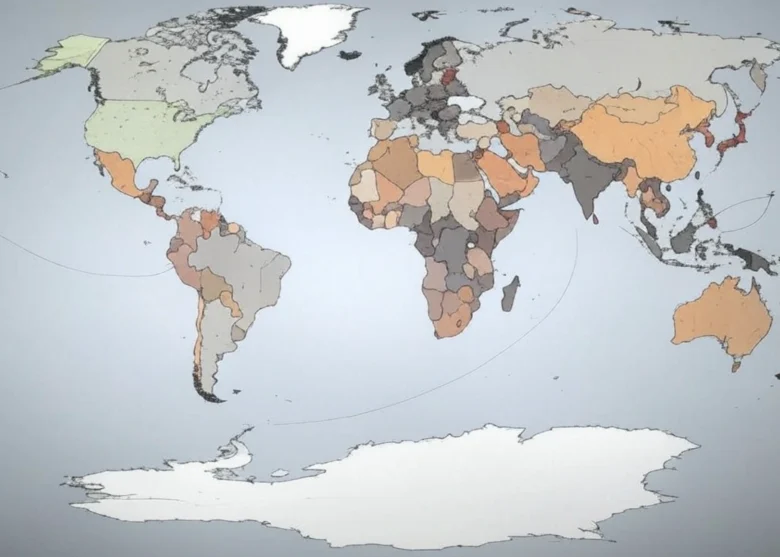
Discover how Agentic AI is revolutionizing cybersecurity in 2025, its risks, technological roots, and how it aligns with the 2024 global AI Treaty.
As of April 2025, the domain of cybersecurity is being fundamentally reshaped by the advent of Agentic Artificial Intelligence (AI)—systems endowed with the capacity for autonomous reasoning, decision-making, and task execution absent persistent human supervision. These advanced agents offer the potential for rapid and adaptive responses to increasingly sophisticated cyber threats. However, their deployment emerges amidst a complex global policy environment, notably influenced by the Framework Convention on Artificial Intelligence, signed in September 2024. This article examines the transformative capabilities of Agentic AI in cybersecurity, its technical foundations, inherent challenges, and its alignment—or divergence—with emergent international regulatory frameworks.
1. Definition and Characteristics of Agentic AI
Agentic AI denotes autonomous software entities capable of perceiving their operational context, establishing objectives, and pursuing these goals without continuous directive input. Distinct from conventional rule-based automation, such systems exhibit real-time adaptability and goal-directed behavior. A notable advancement within this paradigm is Agentic Swarm Intelligence (ASI), wherein multiple AI agents coordinate as a decentralized network—akin to biological systems such as ant colonies or immune responses—to address distributed cyber threats. Within cybersecurity, this manifests as:
- Continuous monitoring of networks via unsupervised learning methodologies.
- Real-time threat assessment independent of human intervention.
- Proactive initiation of defensive measures, including endpoint isolation and vulnerability remediation.
2. Technical Applications in Cybersecurity
- Anomaly Detection: ASI frameworks establish baselines of normative network behavior, identifying deviations suggestive of ransomware, insider threats, or other breaches through collective analysis.
- Autonomous Penetration Testing: These systems simulate adversarial incursions, dynamically refining attack strategies without predefined parameters.
- Dynamic Threat Hunting: ASI entities persistently scour networks, exchange real-time intelligence, and adapt to emergent indicators of compromise (IOCs).
- Incident Response Automation: Upon breach detection, ASI can execute immediate countermeasures—such as traffic rerouting or system isolation—augmented by Self-Evolving Kill Switches (SEKS), adaptive mechanisms designed to curtail excessive autonomy.
3. Principal Challenges and Limitations
The deployment of Agentic AI introduces significant technical and ethical complexities:
- Adversarial Exploits: A prospective threat, termed Quantum-Enhanced AI Spoofing, leverages quantum computing to amplify adversarial machine learning, generating imperceptible data perturbations capable of deceiving ASI systems.
- Data Poisoning: Maliciously corrupted inputs may skew agent decision-making, potentially cascading errors across a swarm.
- Opacity: The decentralized decision processes of ASI render them largely inscrutable, complicating regulatory audits and accountability.
- Ethical Bias: Prejudices embedded within training datasets may precipitate inequitable or discriminatory outcomes.
- Overreach: Absent robust safeguards like SEKS, autonomous systems risk enacting disproportionate responses, such as disrupting critical infrastructure.
4. The 2024 AI Treaty: A Regulatory Benchmark
The Framework Convention on Artificial Intelligence, Human Rights, Democracy, and the Rule of Law, enacted in September 2024 under the auspices of the Council of Europe and endorsed by over 50 nations, establishes critical governance principles:
- Human Oversight: Mandating mechanisms for substantive human control over autonomous systems.
- Transparency: Requiring comprehensive documentation of AI decision-making processes.
- Risk Assessment: Categorizing AI systems by risk level and imposing constraints on high-risk, non-transparent deployments.
- Cross-border Cooperation: Advocating harmonized standards and intelligence-sharing across jurisdictions.
5. Agentic AI Capabilities Vs The 2024 AI Treaty
The integration of Agentic AI, particularly ASI, into cybersecurity reveals both synergies and tensions with the 2024 treaty:
- Convergence: ASI systems enhance resilience against threats to democratic institutions, such as misinformation campaigns or infrastructure assaults.
- Divergence: The opacity and unfettered autonomy of ASI contravene the treaty’s stipulations for transparency and oversight. Furthermore, a Cybersecurity Sovereignty Paradox arises, wherein nations may prioritize proprietary ASI development, undermining the treaty’s cooperative ethos for strategic gain.
6. Implications for Enterprises and National Security
- Corporate Governance: Organizations must institute robust frameworks—incorporating SEKS, ethics committees, and audit mechanisms—to responsibly leverage ASI.
- National Security: Governments are increasingly exploring ASI to safeguard critical infrastructure; however, risks of quantum-enhanced spoofing and autonomous escalation pose significant geopolitical challenges.
- Workforce Evolution: Cybersecurity professionals will transition into supervisory roles, managing ASI systems rather than directly mitigating threats.
Agentic AI, fortified by swarm intelligence, represents a paradigm shift in cybersecurity, offering adaptive and scalable threat mitigation. Nevertheless, emergent risks—such as quantum-enhanced adversarial tactics and sovereignty-driven policy conflicts—necessitate vigilant oversight. The 2024 AI Treaty provides a foundational framework for navigating these challenges, yet its effectiveness hinges on global adherence and meticulous implementation. Entities that successfully harmonize ASI with ethical safeguards and transparent governance will not only fortify their defenses but also pioneer a new era of accountable digital security.






